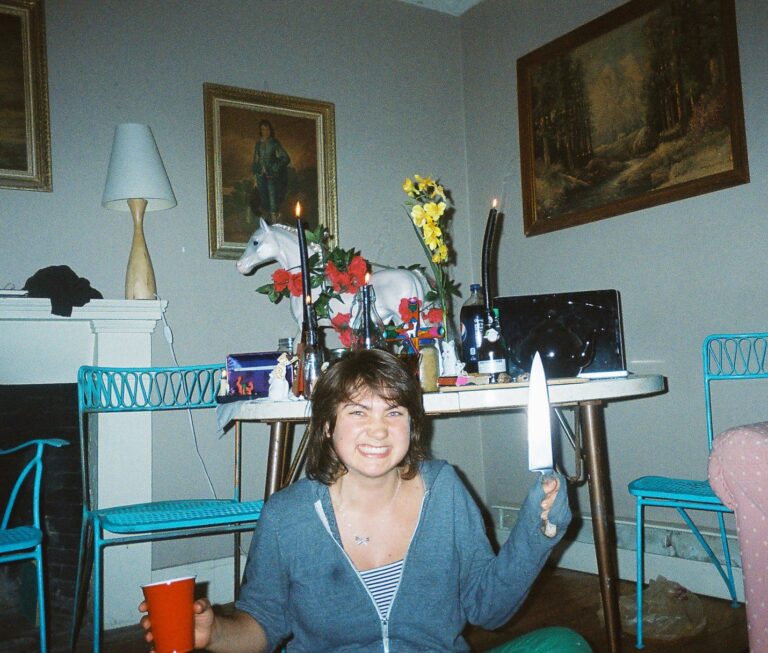
“I didn’t realize it at the time, but I was doing global work when the world was starting to become global,” says Madeline Weinrib, sipping a cappuccino in her expansive Flatiron district atelier, which is akin to a modern-day souk. The question posited was how Weinrib, a name now synonymous with lush ikat textiles and graphic rugs, became a harbinger of an aesthetic movement centered on ethnic textiles that any design layperson is conversant in today.
“Early on, I did a line of cotton rugs for ABC Carpet & Home, including my zig zag,” says the designer of what became one of her most iconic patterns, “The design was so new for the time that people didn’t know how to work with it. But I knew I could change that and show them how.” Weinrib’s father, Jerome, who was the owner of ABC Carpet & Home, didn’t yet recognize that his daughter was anticipating a new style in interior design.
Sure enough, it was not long before the design cognoscenti caught on, and high profile decorators began placing “Madeline Weinribs” in their clients’ Park Avenue classic sixes. She made dhurries popular again, but most importantly she reinterpreted centuries-old vernacular into something new and fresh. “I really established a strong visual vocabulary during my travels focused on timeless motifs. I felt like they were images we’ve all seen a million times, that we didn’t even see them anymore,” she says. Weinrib began manipulating classic designs largely from North Africa, the Middle East and India—changing and often enlarging scale, reducing the design and extrapolating the dominant element and eliminating the rest.
As important as her nascent style was, so too was supporting and working with artisan communities who had devoted their lives to the craft of weaving, by whom she was not always understood. “They have these very old traditional ways and I come in and mess it all up,” she explains. “I would come at it on a purely visual level, without the weight of cultural tradition.” The weavers came around, however, when they began making money. It is, she notes, a double edge sword. “Once they begin to make something popular, we get knocked off by machine copies, and then sustainability goes completely out the window. This is the biggest threat to artisans today,” says Weinrib. The designer laments this “fast fashion” approach that she sees encroaching into interior design. “The most beautiful homes are layered and accumulated over time—things that are passed along, that come from family and stay with us regardless of fashion. That’s really my philosophy; that something I made 12 years ago is as vital today.”
That doesn’t mean Weinrib isn’t constantly innovating and evolving. This spring, she launches a collection of saccharine-hued dhurries featuring intricate geometrically rendered flowers, pulling inspiration from such disparate sources as Mughal botanical drawings and Botticelli’s the Four Seasons. Her background as a painter is never far from the work she does or the museums and institutions with which she chooses to collaborate. Weinrib just completed a commission to create all the rugs for the Brooklyn Academy of Music, including the Opera House, and she has been routinely involved with the Art Production Fund. She is a regular designer for the Neue Galerie’s exquisite design store, including custom pieces like a silk ikat kimono based on a work by Viennese photographer Madame d’Ora. Most recently, she opened a pop up shop at the Houston Museum of Fine Art in conjunction with its exhibition, “Colors of the Oasis: Central Asian Ikats.”
“I am a designer now,” Weinrib reflects, “but to me, I am more an artist than when I was an artist. I am not afraid to do what I want regardless of how it’s perceived. It’s very liberating for me. I was able to stick to what I wanted to do.”
Her dogged philosophy has been a non-negotiable fil rouge throughout her meteoric career in textiles. She perhaps sums it up best, “I didn’t see things the way other people did, I was able to see things without stereotype or judgment attached to it. I could see beauty for beauty.”










 in your life?
in your life?

